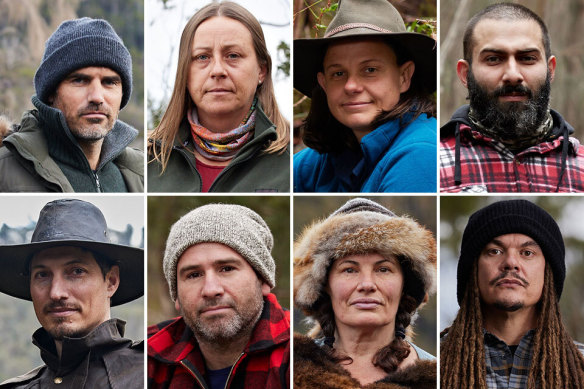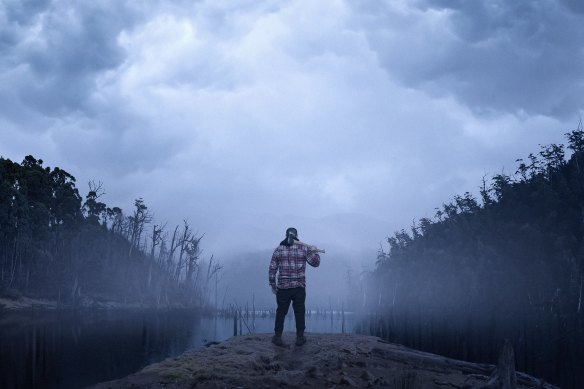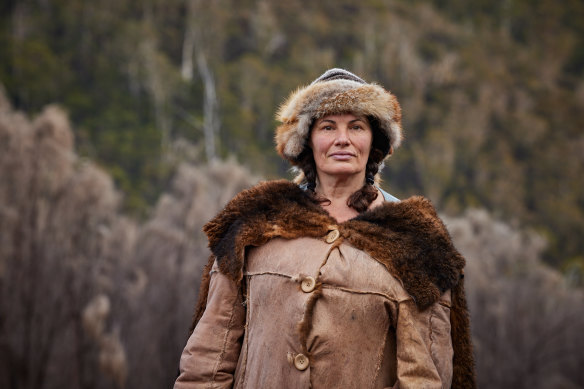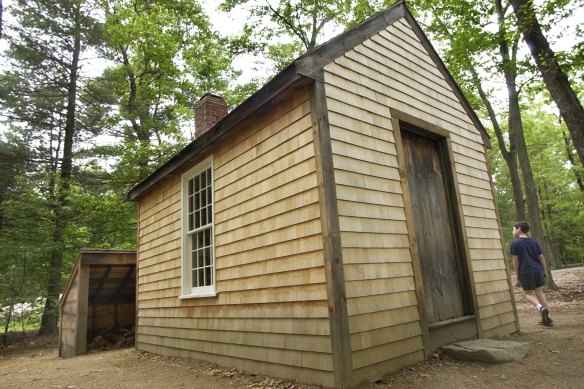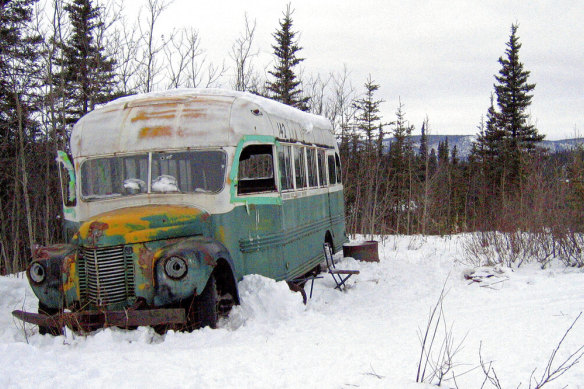Find your ferro rods, Alone is back and in our backyard
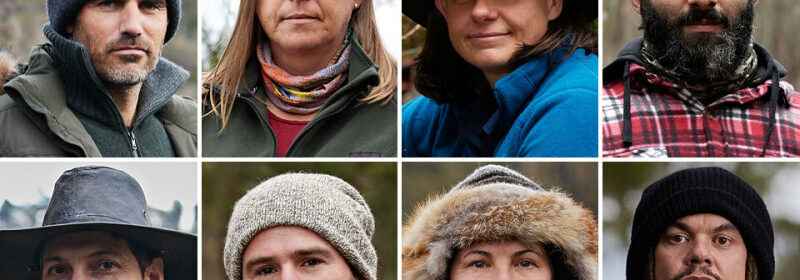
By David Free
The contestants of Alone Australia are heading into the wilds of Western Tasmania.
In 1848, an unfortunate American named Phineas Gage had a nasty accident while overseeing the construction of a railroad in Vermont. Gage was packing explosive into a rock with a pointed metre-long rod called a tamping iron when a stray spark caused the charge to blow prematurely. Shooting out of the rock like a javelin fired by a rocket launcher, the rod speared into Gage’s face, passed through the left frontal lobe of his brain, flew out the top of his skull, and landed point-first in the earth 25 metres away.
Gage survived the accident, but his personality was drastically altered by the damage to his frontal lobe. This was a stroke of luck for the era’s brain scientists. Long before the days of fMRI, Gage’s injury offered valuable information about which parts of the brain did what. It would have been grossly unethical for medical researchers to obtain this information by ramming a metal rod through somebody’s head. But since that had happened to Gage already, scientists made the most of his misfortune.
Into the wild we go. Credit:SBS
For similar reasons, today’s research scientists must love watching reality TV. To get on TV, people will subject themselves to all kinds of gnarly experiments that no medical ethics committee would ever sanction. They will marry a stranger. They will spend sixty days in a houseful of people they’ve never met.
To date, no reality TV producer has proposed jamming an iron rod into a contestant’s brain. But that might be preferable to some of the privations that people willingly suffer in Alone, the hardcore survival show that’s been a massive hit worldwide, and has done excellent local business on SBS On Demand.
Alone originated in America, where it’s been running for nine seasons. Lately there have been spin-offs in Norway, Sweden and Denmark. And now there is Alone Australia, which premieres on SBS this weekend.
Alone is a beautifully simple format. Ten contestants who fancy their survival skills are deposited on some godforsaken stretch of geography, many kilometres away from the nearest bar of soap or flushing toilet.
As the title indicates, the contestants are on their own, separated from each other by hectares of impassable terrain. Their task is to live off the land using ten basic survival tools, filming their daily travails with an arsenal of battery-powered cameras.
In the first American series, contestants roughed it on icy Vancouver Island, off the coast of Canada. Subsequent seasons have been made in places like Mongolia and Patagonia. Alone Australia is set on a remote, snow-dusted stretch of Tasmania’s west coast. The person who can hack it there the longest will win $250,000.
Fans of the original show will be happy to hear that Alone Australia sticks closely to the classic format, and revisits many long-standing Alone themes. When people are obliged to spend all day every day attending to their elemental needs, certain motifs are bound to recur.
Gina, one of the contestants dropped into western Tasmania for the new series.Credit:SBS
For example, there is the critical importance of the spark-producing device known as the ferro rod. In a damp environment, where you can’t start a fire by rubbing two sticks together, the ferro rod is the ultimate survival tool. Without it, you’re cactus.
In the first episode of Alone Australia, a contestant briefly misplaces her ferro rod before deciding to tuck it permanently into her bra. A guy in the first American series lost his ferro rod for good after making the mistake of putting it down on a log, in a landscape consisting of nothing but logs. Cursing his own foolishness, he had no choice but to tap out.
Tapping out is what people in Alone do instead of dying. Each contestant has a satellite phone. When they find they can’t go on, they call the producers and formally tap out. With that, the show’s formidable Extraction Team swoops into the wilderness using the swiftest appropriate mode of transport – a boat, a four-wheel drive, a chopper – and whisks the unhappy camper back to civilisation.
Like death itself, the Alone tap-out comes in many forms. Sometimes it comes suddenly. Sometimes it comes after a lingering decline. The quickest tap-out in Alone history came in series two, just six hours into the first day, when a contestant freaked out after seeing an immense pile of bear shit near his proposed campsite. He didn’t even make it to nightfall.
Tapping out is preferable to death in several ways. For one thing, when you tap out, you get to make a formal exit speech, which is a bit like getting to deliver your own eulogy. Contestants who tap out early deliver the worst speeches, because they haven’t stuck around long enough to learn anything that conflicts with their existing worldviews.
A replica of Henry David Thoreau’s cabin in Walden. Credit:AP
Mentally flexible contestants learn more, and therefore last longer. Unlike many reality shows, Alone genuinely is about reality. Instead of merely exhibiting their personalities, contestants submit them to hard physical facts, and often end up having their deepest preconceptions rewired.
The first series of Alone began with an epigraph from Henry David Thoreau’s Walden; or, Life in the Woods (1854). Thoreau’s book has long been a Bible for American woodspeople. Going off the grid when the grid barely existed, Thoreau built himself a cabin on Walden Pond in rural Massachusetts. There he resolved “to live deep and suck out all the marrow of life”.
These days it’s well known that Thoreau’s existence at Walden wasn’t quite as spartan as his book made out. His cabin was only a twenty-minute walk from civilisation, and he frequently strolled into town to dine with friends. Moreover, his mum routinely swung by the cabin to bring him sandwiches and help out with his laundry.
Thoreau famously said that he didn’t want to find, when he came to die, that he hadn’t lived. But he also didn’t want to rough it so thoroughly that he risked dying any sooner than he absolutely had to. He wanted to go into the woods, not into the weeds.
Not all real-life adventurers are so prudent. Some have gone so far off the grid that they haven’t come back alive. Their stories can be grim; but they can move us more deeply than even the most heroic tale of survival.
In 1913, a year after Robert Falcon Scott led his doomed expedition to the South Pole, his posthumously published Diaries became a bestseller. “Things have come out against us,” Scott wrote with a fair degree of understatement, as his colleagues froze to death around him. “These rough notes and our dead bodies must tell the tale.”
Christopher McCandless’ abandoned bus in Alaska.Credit:AP
There was a similar kind of stoic heroism in the story of Christopher McCandless, first told in Jon Krakauer’s book Into the Wild (1996). In 1992, at the age of 24, McCandless – who was a big Thoreau fan – made a gutsy attempt to opt out of modern American society. He ventured into the Alaskan wilderness, and wound up starving to death in an abandoned bus.
McCandless became a posthumous cult hero after the publication of Into the Wild, which was later made into a haunting film by Sean Penn, with an eloquent soundtrack by Eddie Vedder. Emile Hirsch, playing McCandless, got his weight down to 52 kilos for the movie’s sad final scenes.
In Alone, contestants suffer just the right amount of solitude and deprivation: enough to make them change their minds without losing them.
What the contestants in Alone do under controlled conditions, McCandless did for real. When he found himself in terminal trouble, there was no extraction team waiting on his call. But his defeat was also a kind of victory. He tried something that a lot of us secretly fantasise about doing. His failure was tragic, but there was dignity in the attempt.
In Alone, contestants suffer just the right amount of solitude and deprivation: enough to make them change their minds without losing them. In series one, a guy named Lucas seemed to be cruising to victory. While other contestants lay shivering in miserably scrappy tents, Lucas built himself a yurt, complete with fireplace. He fashioned a lute out of timber and fishing line, and sang about his craving for apple pie.
Then he abruptly tapped out, announcing that he’d learnt as much as he could without jeopardising his mental health. “I don’t want to push myself past a point that I can’t come back out of,” he said.
When a series of Alone enters the home straight, people start having revelations like that. In a few months of extreme adversity, they learn things they might otherwise have taken a lifetime to learn. And the lessons they learn recur in series after series, which suggests they’re universal – they’re the same lessons we would learn, if we ignored the show’s stern viewer advice about not trying this stuff ourselves.
Alone strips away trivial differences; it reminds you that in the end, all people want the same things. On the basis of past series, you can make some safe predictions about how Alone Australia will play out. You can predict that once the food and shelter problems have been provisionally solved, it will be the solitude – the social starvation – that will nibble at people’s minds.
After Lucas tapped out of series one, a guy named Alan emerged as the show’s great survivor and philosopher. “Nature doesn’t care if you’re here or not,” he said. “It just is.” Alan’s mind seemed to sharpen as the series went on. By the end, everything he said was a hard-won nugget of wisdom.
“We’re all just passing through for a short time,” he said, in one of the great Alone exit speeches, “and the stuff that we have all this anxiety and drama about, and argue over, means nothing. In the end, it only comes down to love. The rest of it’s just rubbish.”
Alone Australia airs Wednesdays weekly at 8:30pm on SBS and SBS On Demand.
The Booklist is a weekly newsletter for book lovers from books editor Jason Steger. Get it delivered every Friday.
Most Viewed in Culture
Source: Read Full Article
